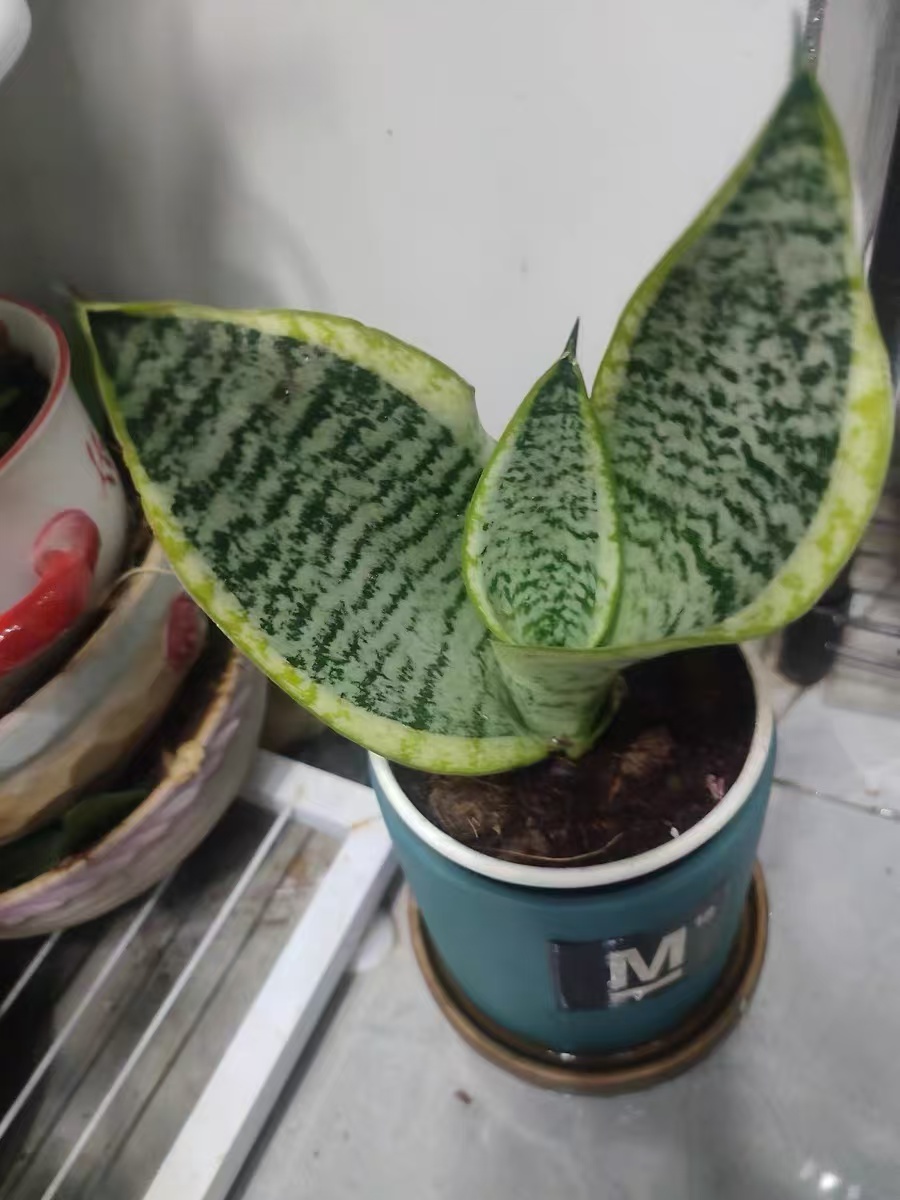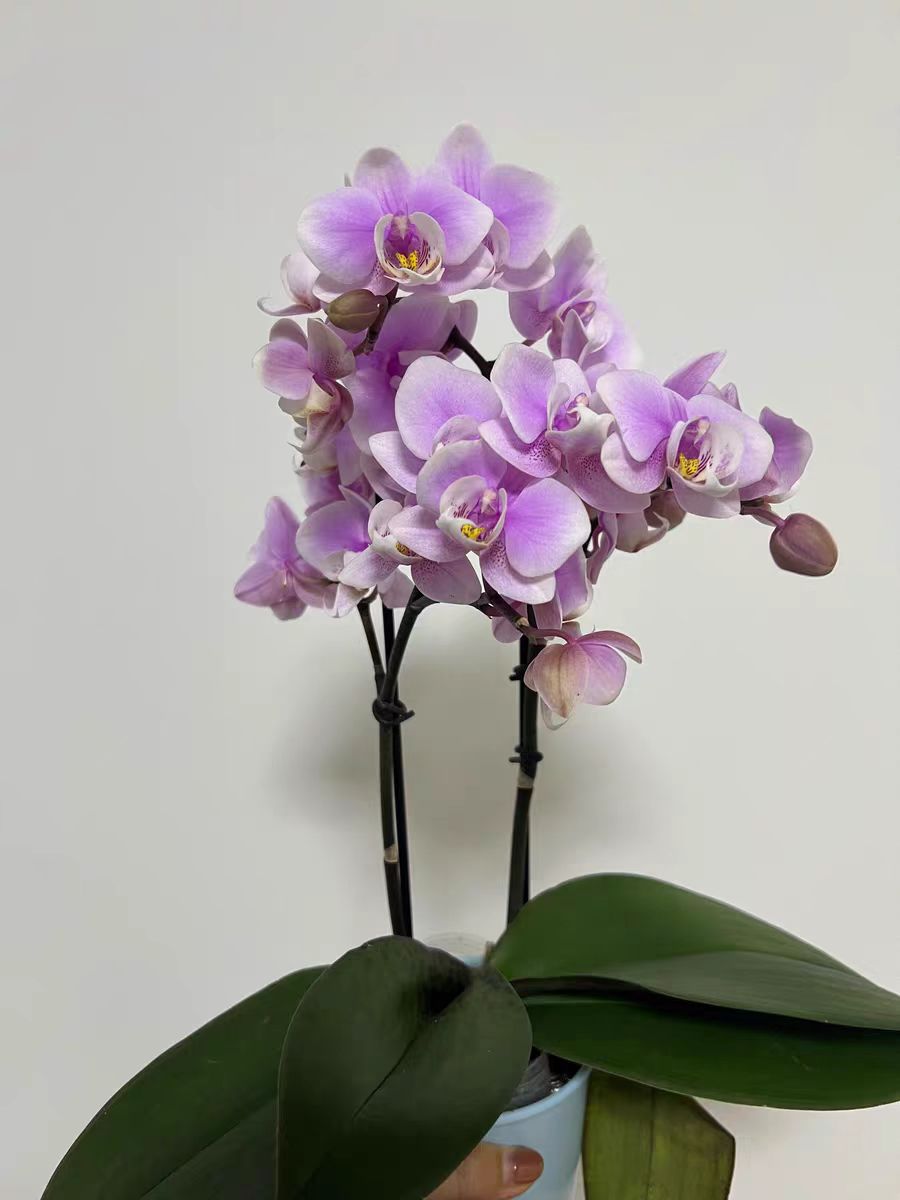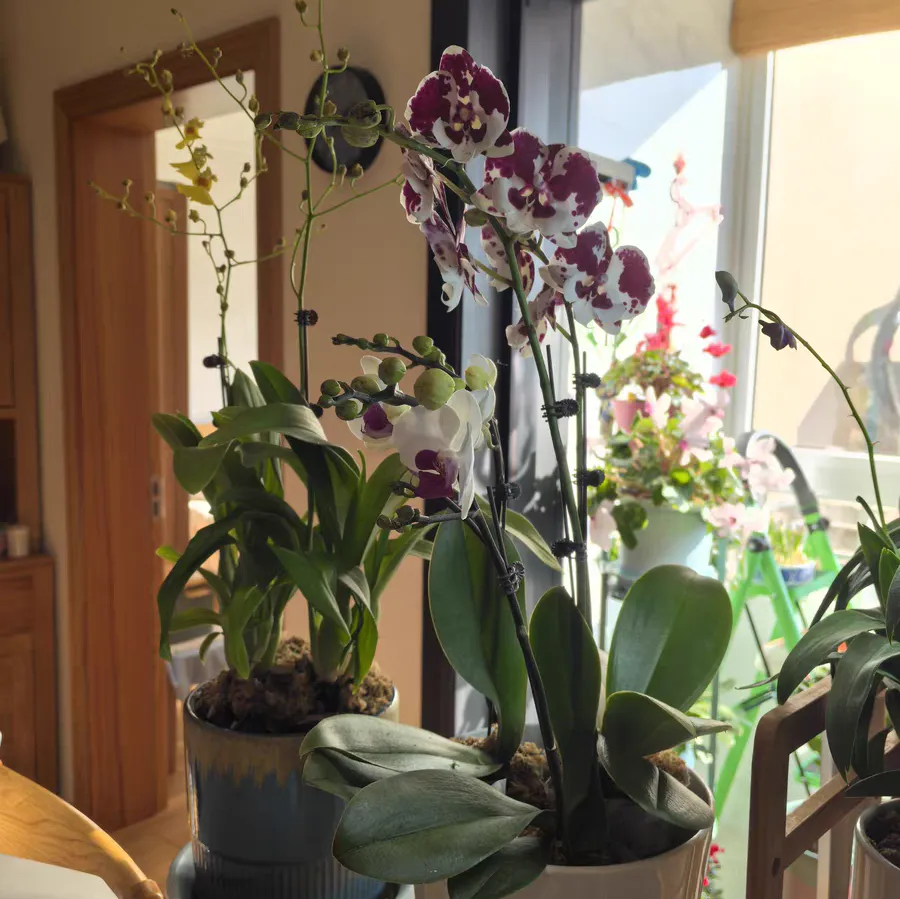Winter is coming. Have you got your air purifiers ready at home? I don't mean buying a machine, but growing some "green air purifiers"! That is, those indoor plants that can both beautify the environment and purify the air. Here are 5 air purification plants that are most suitable for indoor cultivation in winter, allowing you to enjoy a green life while breathing fresh air.
Chlorophytum comosum: Chlorophytum comosum is a common air purification plant. It can not only absorb harmful gases such as formaldehyde but also has a very high ornamental value. Its leaves are slender and soft, hanging down naturally like a green waterfall, adding vitality and elegance to the indoor environment.
Temperature: When caring for Chlorophytum comosum in winter, make sure the indoor temperature is above 7°C so that the leaves can remain green. When the temperature is below 4°C, it is prone to freezing damage.
Watering: Water it once a week and keep the soil slightly moist. When watering, pay attention to the water temperature and avoid using cold water directly to avoid freezing the roots.
Fertilization: Fertilize it once a month, using a diluted general fertilizer or well-rotted cake fertilizer water.
Sansevieria trifasciata: Sansevieria trifasciata is favored for its unique leaf markings and strong air purification ability. Its leaves are broad and thick, covered with beautiful markings. Sansevieria trifasciata can not only effectively absorb harmful gases such as formaldehyde and benzene but also release negative ions beneficial to the human body, improving the indoor air.
Temperature: Sansevieria trifasciata likes warm temperatures, and the suitable growth temperature is 18 - 26°C. In winter, the indoor temperature should be kept above 5°C to avoid freezing damage. If there is heating in the room, it can be grown in an environment above 15°C and will grow better.
Watering: The water requirement of Sansevieria trifasciata decreases in winter, and the soil should be kept dry. During the dormant period at a temperature of 5 - 12°C, the watering frequency can be reduced. If the indoor temperature is above 15°C, water it when the pot soil is dry, and it should be watered in the morning or at noon to avoid watering in the evening which may cause the temperature to drop.
Fertilization: In winter, in an environment with a temperature of 5 - 12°C, Sansevieria trifasciata is in a dormant state and fertilization can be stopped. When the indoor temperature is above 18°C, a diluted compound fertilizer liquid fertilizer can be applied every 15 - 30 days.
Calathea: There are many varieties of Calathea, such as Calathea makoyana, Calathea roseopicta, etc., all of which are loved for their unique leaf shapes and colors. Their leaves are broad, covered with delicate patterns, like a series of exquisite artworks. Calathea is very sensitive to temperature and moisture, and can show the best ornamental effect in a warm and humid environment, while also effectively purifying the indoor air.
Temperature: Calathea is very sensitive to temperature, and the most suitable growth temperature is 15 - 25°C. In winter, Calathea should be moved to a room with heating equipment for care, and the room temperature should be maintained above 10°C to avoid phenomena such as drooping, curling, and yellowing of the leaves.
Watering: The watering frequency should be reduced in winter, and the soil should be kept slightly moist. You can spray more water to keep it humid to avoid the leaves turning yellow due to overly dry air.
Fertilization: In winter, you can apply some potassium dihydrogen phosphate to Calathea to prevent freezing. Dilute it in water at a ratio of 1:1000 and pour it on the roots of the plant, using it once every 1 to 2 weeks.
Epipremnum aureum: Epipremnum aureum is widely popular for its strong air purification ability and easy-to-care characteristics. Its leaves are emerald green and beautifully shaped. Whether placed on the balcony or indoors, it can add a fresh and lively atmosphere to the space. Epipremnum aureum can not only absorb harmful gases such as formaldehyde and benzene but also effectively absorb the dust in the air, keeping the indoor air fresh.
Winter Care Guide
Watering: The watering frequency should be reduced in winter, and the amount of water should be controlled between 1/4 and 1/2 of the original amount to maintain a slightly dry soil state. When watering, choose a sunny noon to avoid freezing the roots with cold water.
Sun Exposure: In winter, Epipremnum aureum should be exposed to sunlight. You can place it by a south-facing window, but avoid opening the window when the weather is cold to prevent it from being frozen.
Humidity Attention: The indoor air is dry in winter, so the humidity should be appropriately increased. You can spray water to keep it humid or place a humidifier in the room.
Fertilization: Before winter arrives, mainly apply liquid inorganic fertilizers by watering or spraying, about once every 15 days. After winter arrives, fertilization is mainly carried out by spraying on the leaf surface, using special leaf surface fertilizers.
In this winter, you might as well add a few pots of green plants at home and let them become the "air purifiers" of your home. These little green lives can not only bring you fresh air but also add vitality and energy to your life. Green life starts from a pot of plants!
What are the indoor plants with high appearance value for air purification?

Share with
Tagged in :




Leave a Reply